The Dräger Evita 4 ventilator is a widely used and well-regarded system in critical care settings, such as intensive care units (ICUs), operating rooms, and emergency departments. Its versatility and advanced features make it suitable for various patient populations, from adult to pediatric to neonatal patients.
Ventilation Modes: The Evita 4 offers a wide array of ventilation modes, each serving a different purpose based on the patient’s condition and clinical requirements. Some of the primary ventilation modes include:
Volume-Controlled Ventilation (VCV): In VCV mode, the ventilator delivers a set tidal volume to the patient with each breath, helping to maintain a consistent airflow.
Pressure-Controlled Ventilation (PCV): In PCV mode, the ventilator maintains a constant airway pressure throughout the breath cycle, allowing for more precise control of patient ventilation.
Assist-Control Ventilation (ACV): ACV is a mode that provides full ventilatory support to the patient. Each spontaneous breath from the patient is fully supported by the ventilator.
Synchronized Intermittent Mandatory Ventilation (SIMV): SIMV mode allows the ventilator to synchronize with the patient’s spontaneous breathing efforts, providing support when needed.
Pressure Support Ventilation (PSV): PSV mode assists the patient’s spontaneous breaths by delivering a preset pressure, reducing the work of breathing.
Alarms and Monitoring: The Evita 4 comes equipped with a comprehensive set of alarms and monitoring capabilities to ensure patient safety and enhance the clinician’s ability to respond promptly to any changes in the patient’s condition. The system monitors various parameters, such as tidal volume, minute ventilation, airway pressure, and respiratory rate, and triggers alarms if these values deviate from the set safety limits.
Graphics and Trends: The ventilator’s user interface typically includes graphical displays and trends that provide real-time information on the patient’s respiratory status. Clinicians can analyze these trends over time to assess the effectiveness of ventilation strategies and make necessary adjustments.
Built-in Safety Features: Patient safety is of paramount importance in critical care settings. The Evita 4 incorporates safety features such as high-pressure protection, low-pressure alarms, disconnection alarms, and apnea alarms to ensure that patients receive appropriate support and attention.
Easy Maintenance and Upgrades: The ventilator’s modular design facilitates easy maintenance and allows for future upgrades, ensuring that the system remains up-to-date with the latest advancements in critical care ventilation.
Integrations and Connectivity: The Evita 4 may offer integration capabilities with hospital networks and electronic health record systems, enhancing seamless data sharing and communication across the healthcare team.
It’s important to note that the features and specifications of the Dräger Evita 4 ventilator may vary based on different models and versions. Healthcare professionals receive specialized training to operate this sophisticated medical device effectively, maximizing patient outcomes and safety. As with any medical equipment, proper training and regular maintenance are essential to ensure the optimal functioning of the Dräger Evita 4 ventilator.
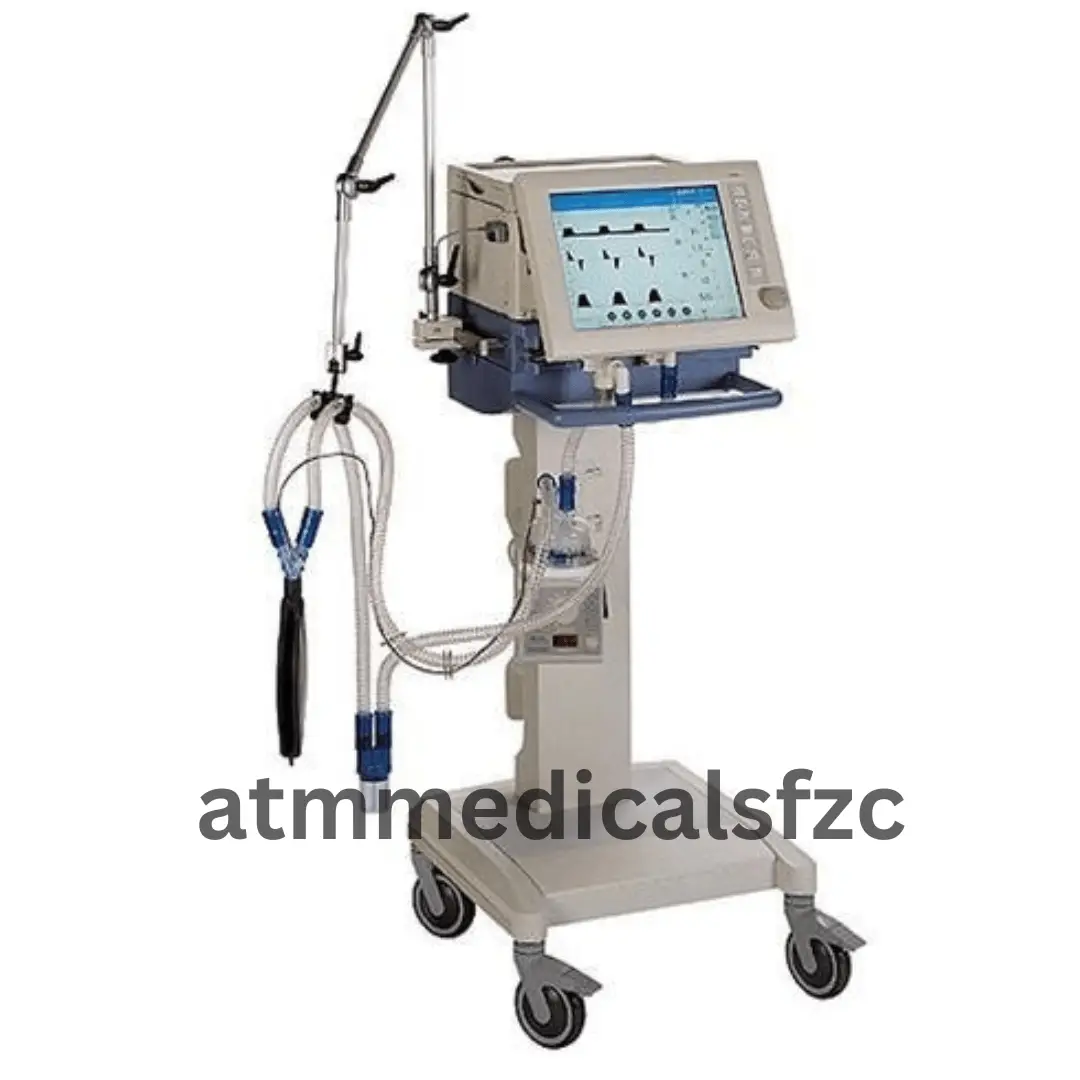
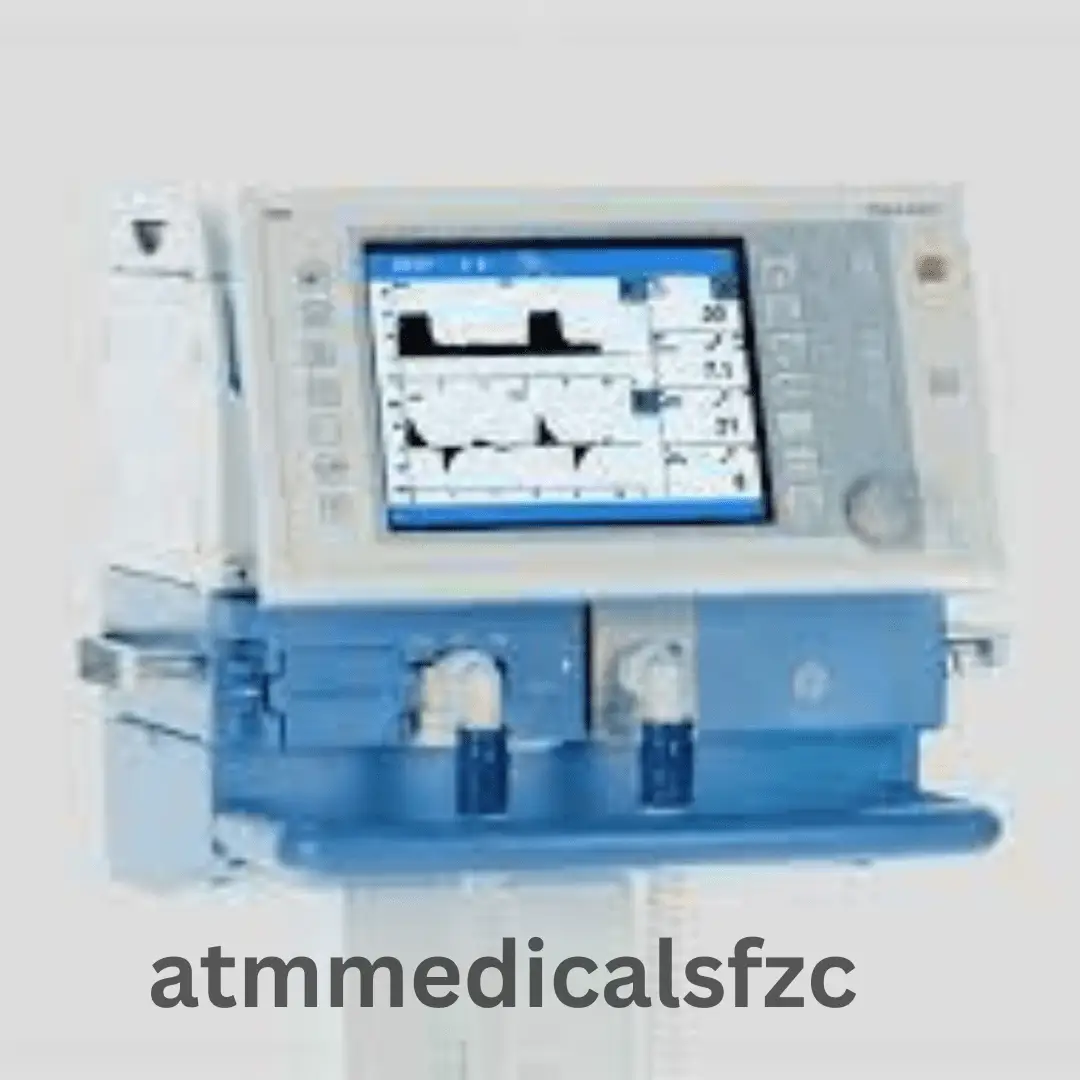
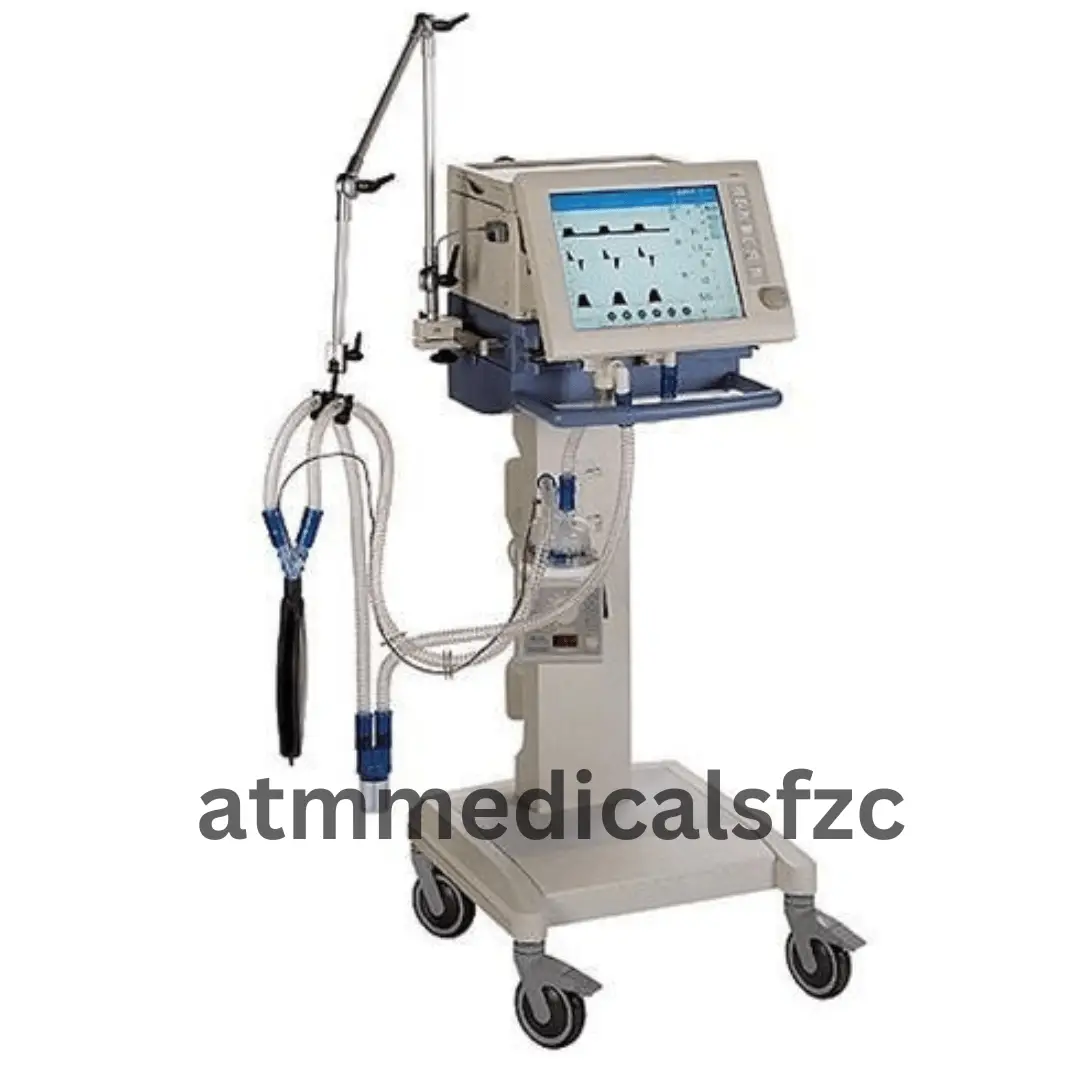
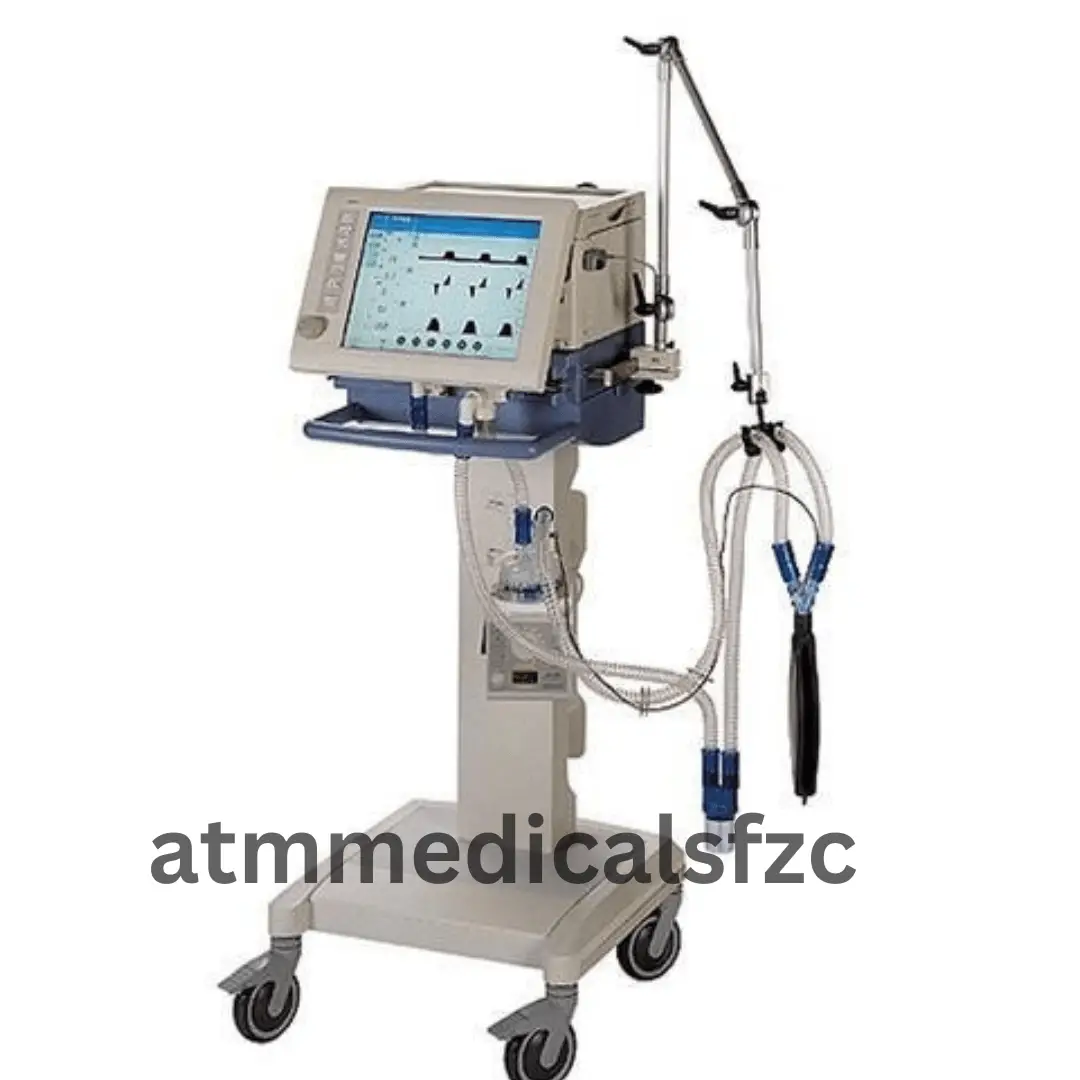
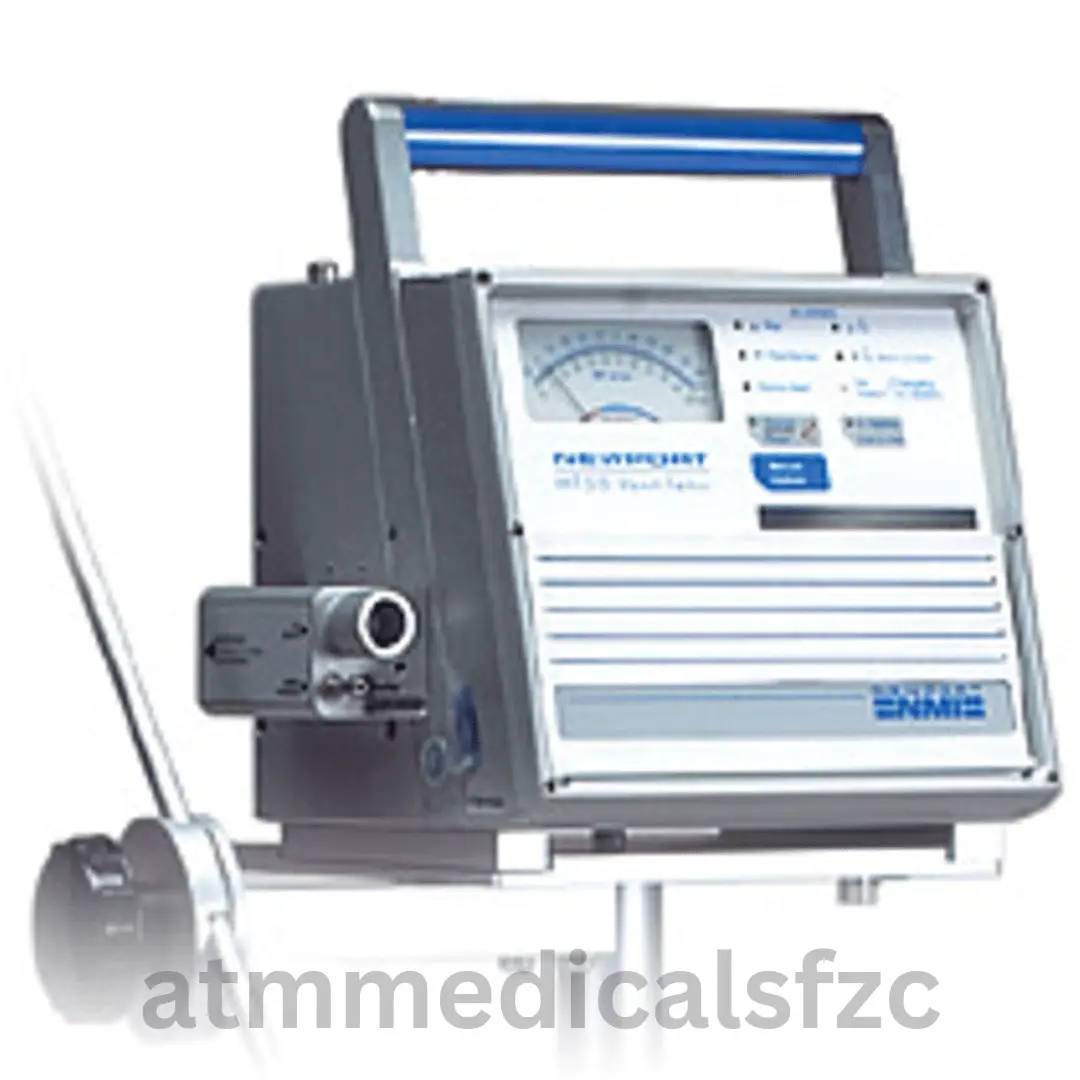
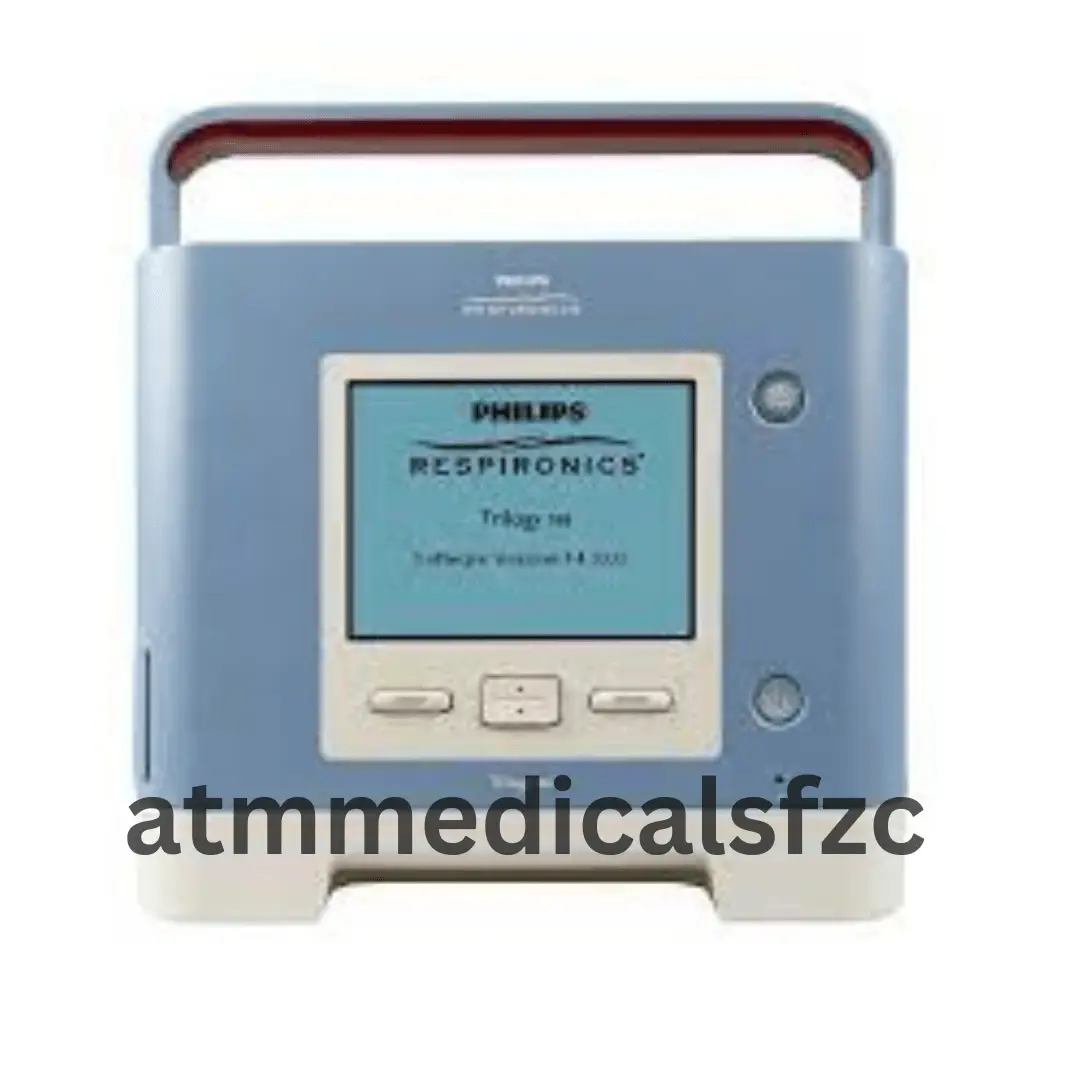
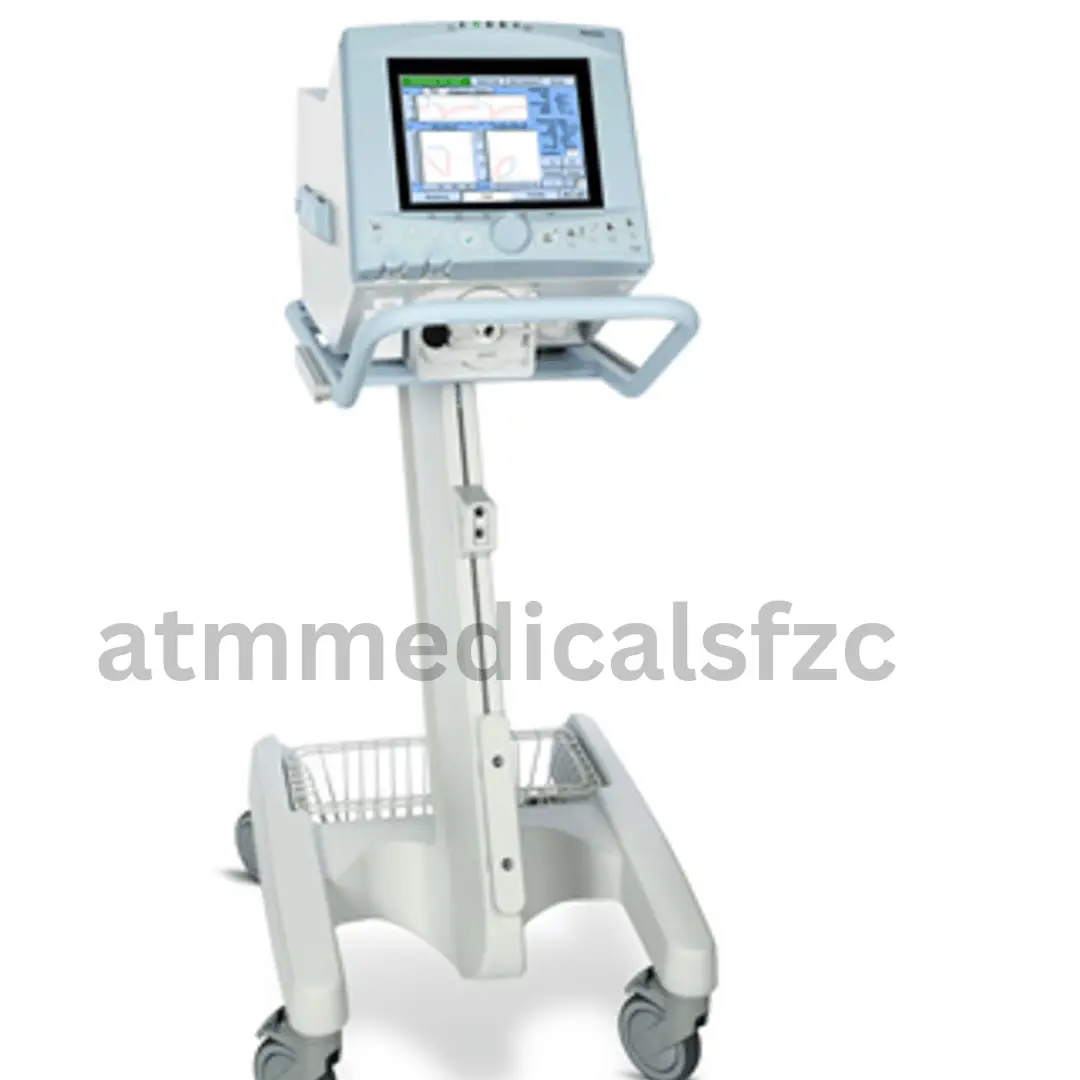
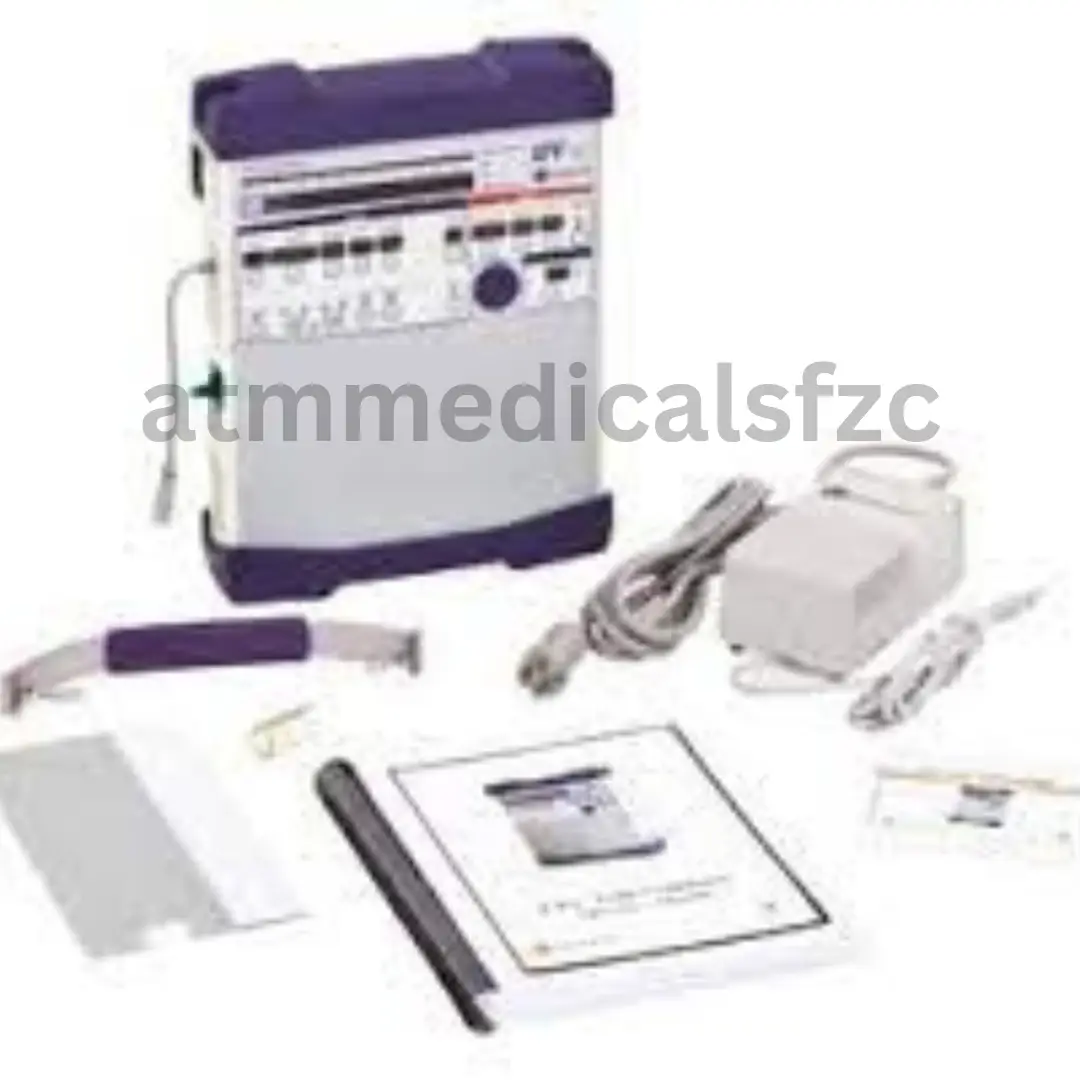

Reviews
There are no reviews yet.